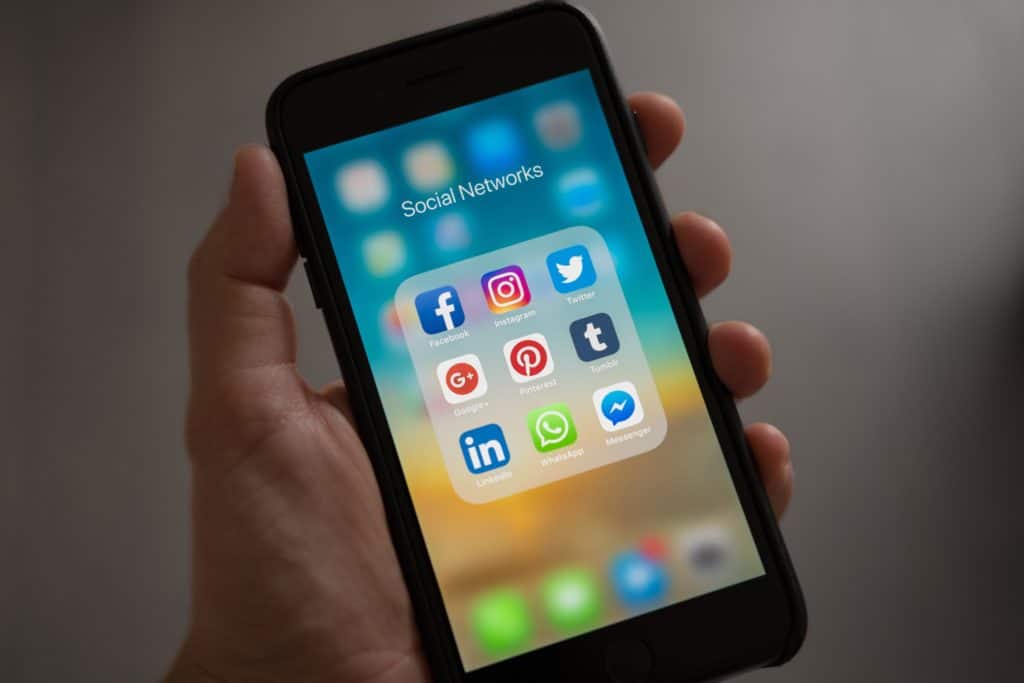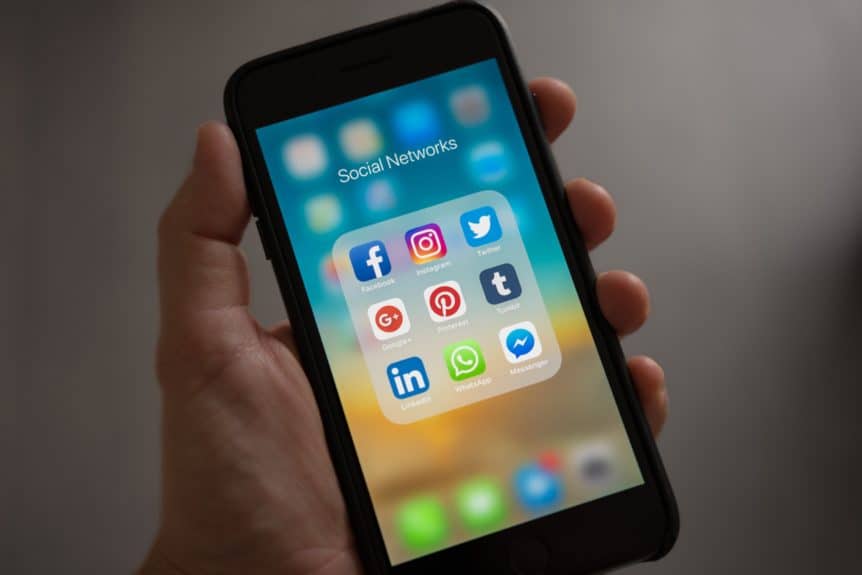
If you plan to use your cell phone while in Costa Rica, you may want to consider purchasing a local SIM card. This will allow you to make and receive calls and texts and use data at a lower cost than roaming with yUsing Your Cell Phone in Costa Rica: SIM Cards and More
Heading to Costa Rica for vacation? Staying connected is a must, whether you’re navigating to a rainforest lodge, sharing beach selfies, or calling home. Using your cell phone in Costa Rica is straightforward, but you’ll need to plan ahead to avoid sky-high roaming fees or spotty service.
From grabbing a local SIM card to tapping into WiFi or exploring eSIMs, this guide covers everything you need to know to keep your phone humming during your trip. We’ll walk through your options, the main mobile carriers, how to get and recharge a SIM card, and other tips to stay online without breaking the bank.
Options for Staying Connected
Planning to use your phone in Costa Rica? You’ve got plenty of ways to stay online, from grabbing a local SIM card to hopping on free WiFi at your hotel. Each option has its perks, depending on how much you’ll be texting, browsing, or navigating. Let’s break down the choices so you can pick what works best for your vacation.
- Local SIM Card: Pop a prepaid SIM into an unlocked phone for calls, texts, and data at local rates. This is the go-to for most travelers staying a week or more.
- eSIM: If your phone supports eSIM (like newer iPhones or Androids), buy a digital SIM plan online before you arrive. It’s quick and skips the store visit.
- International Roaming: Stick with your home carrier’s roaming plan. Convenient but often pricey—check with your provider for Costa Rica rates.
- WiFi: Many hotels, cafes, and restaurants offer free WiFi, letting you use apps like WhatsApp, Skype, or FaceTime for calls and messages. Great for light users.
- Portable WiFi: Rent a pocket WiFi device for unlimited data. Ideal for groups or heavy data users, available at airports or online.
For most vacationers, a local SIM or eSIM is the cheapest and most flexible option. WiFi is a solid backup, but coverage can be patchy in rural spots like Monteverde or the Osa Peninsula. Let’s dive into using a local SIM card, since it’s the most popular choice.
Getting a Local SIM Card in Costa Rica
A local SIM card is the go-to for most travelers in Costa Rica—it’s cheap, reliable, and gives you a local number for calls, texts, and data. As long as your phone is unlocked, you’re good to go. Here’s what you need to know about snagging a SIM, from where to buy one to picking the right plan.
Where to Buy
SIM cards are sold at mobile carrier stores, electronics shops (like Monge or Gollo), convenience stores, and airport kiosks at Juan Santamaría (SJO) or Daniel Oduber (LIR). Prices range from $2–$5 for the SIM, with prepaid plans starting at $5 for a week of data and calls. The main carriers are Claro, Movistar, and Kolbi (run by ICE, the state-owned telecom). Avoid smaller MVNOs like Tuyo Móvil, as they’re harder to find and less reliable for tourists.
Steps to Get a SIM
- Choose a Carrier: Compare plans online or at the store. Claro has the best rural coverage, Movistar shines in cities, and Kolbi balances both but can be slower in remote areas.
- Find a Store: Look for carrier shops in malls, downtown areas, or airports. Convenience stores like Pulperías or Mini Supers often sell SIMs too.
- Bring ID: You’ll need a valid passport. Since 2021, Costa Rican law requires biometric registration (like fingerprints) for prepaid SIMs to prevent fraud. Some stores may ask for a local contact, but this is rare for tourists.
- Pick a Plan: Plans vary—expect 1–3 GB of data, unlimited local calls, and some texts for $5–$10 a week. Social media apps (WhatsApp, Facebook) often get unlimited data as a perk.
- Activate the SIM: Insert the SIM, follow the carrier’s instructions (usually dialing a code like *123#), and restart your phone. Activation takes 5–10 minutes.
Carrier Comparison
Not all mobile carriers in Costa Rica are created equal. Claro, Movistar, and Kolbi (powered by ICE) dominate the market, each with strengths depending on where you’re traveling. Whether you’re chilling in San José or exploring remote beaches, let’s look at which carrier fits your needs.
| Carrier | Coverage Strengths | Plan Example (7 Days) | Best For |
|---|---|---|---|
| Claro | Best in rural areas | $5: 2 GB, unlimited calls | Remote travel (e.g., Nicoya) |
| Movistar | Strong in urban centers | $6: 3 GB, unlimited social | City stays (e.g., San José) |
| Kolbi | Decent nationwide | $5: 1.5 GB, unlimited calls | Budget travelers |
Recharging Your SIM Card
Running out of data or minutes mid-trip is a bummer, but topping up your SIM card in Costa Rica is a breeze. Whether you prefer doing it online, grabbing a recharge card, or visiting a store, there’s a method that’ll keep you connected. Here’s how to keep your phone loaded and ready.
- Online: Use the carrier’s website or app (Claro’s Mi Claro, Movistar’s Mi Movistar, Kolbi’s app). Pay with a credit/debit card or SINPE Móvil, Costa Rica’s mobile payment system.
- Recharge Cards: Buy cards at supermarkets (Walmart, Más x Menos), convenience stores, or pharmacies. Scratch off the code, dial the carrier’s recharge number (e.g., *123# for Claro), and enter the code.
- In-Store: Visit a carrier shop or retailer like Monge to top up with cash or card.
- Auto-Recharge: Set up automatic top-ups through the carrier’s app for longer stays (less common for short vacations).
Check your balance by dialing a code (*123# for Claro, *611# for Movistar, *10# for Kolbi). Carriers often send texts with balance updates.
Other Tips for Cell Phone Use
Beyond SIM cards, there are a few tricks to make sure your phone works smoothly in Costa Rica. From dodging roaming fees to finding WiFi in the jungle, these tips will help you stay connected and avoid surprises during your vacation.
- Network Coverage: Costa Rica has solid 4G in most tourist areas, with 5G rolling out in cities like San José (Movistar and Claro). Rural spots may drop to 3G or EDGE, especially in national parks. Claro’s network is best for off-the-grid adventures.
- eSIM Alternative: Providers like Airalo or Nomad sell Costa Rica eSIM plans (e.g., 1 GB/day for $10). Buy online, scan a QR code, and activate instantly—perfect if you want to skip stores.
- Roaming Costs: Roaming can cost $1–$3 per minute or MB with U.S. carriers like Verizon. Check for travel passes (e.g., AT&T’s $10/day plan) if you prefer sticking with your home SIM.
- WiFi Availability: Most hotels, hostels, and cafes offer free WiFi, but speeds vary (5–20 Mbps). Rural lodges may have spotty connections, so don’t rely solely on WiFi for navigation or emergencies.
- Portable WiFi: Rent a device from companies like WiFi Costa Rica or Tep Wireless ($8–$15/day for unlimited data). Pick up at the airport or have it delivered to your hotel.
- Emergency Numbers: Save 911 for emergencies (works with any phone, even without a SIM). Local contacts for police or medical services are handy too.
- Phone Settings: Turn off data roaming to avoid accidental charges. Use airplane mode when on WiFi to save battery and prevent roaming.
Final Thoughts
Using your cell phone in Costa Rica is a breeze if you plan ahead. A local SIM card from Claro, Movistar, or Kolbi is the cheapest way to stay connected, offering affordable data and calls for your vacation. Grab one at the airport or a local shop, bring your passport, and pick a plan that fits your trip.
If you prefer simplicity, an eSIM or portable WiFi device works great, while free WiFi at hotels and cafes can handle light use. Check your phone’s unlock status, compare carrier plans, and keep emergency numbers handy. With the right setup, you’ll stay in touch and make the most of your Costa Rican adventure.

